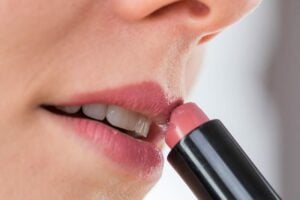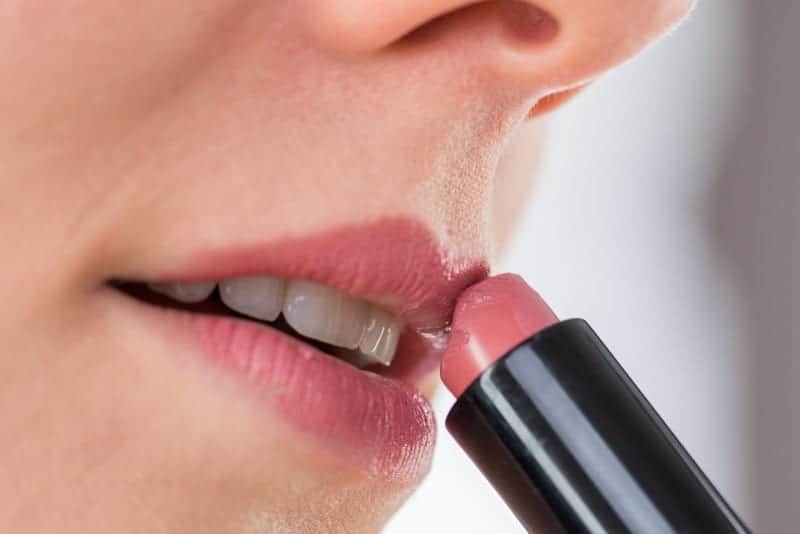
DPA

Nobody wants to eat lipstick. And yet those of us who wear it end up consuming an average of about five lipsticks every year, according to estimates from EU researchers.
Product testers at the German consumer protection organization Stiftung Warentest say people who wear lipstick daily ingest 57 milligrams of lipstick per day on average, citing EU figures.
Given this estimate, the organization’s testers took a closer look at some of the ingredients in lipstick and found that the whitening colour pigment titanium dioxide was in all of the 17 lipsticks they tested, in both cheap and expensive as well as in “natural cosmetics.”
If this substance is regularly ingested, it can cause hereditary genetic damage, leading to problems in the genetic material of cells and possibly even cancer.
Titanium dioxide, which was for a long time considered safe, is no longer deemed safe for use in food by the European Food Safety Authority (EFSA) since May 2021.
Consumers can tell if titanium dioxide is contained in lipstick by looking for the ingredient code CI 77891, sometimes supplemented by “titanium dioxide.”
Currently, it is still added to many lipsticks on the market, says Thomas Koppmann, project manager of the test. But with the EFSA’s reassessment, this will change quickly, he estimates.
Lipsticks are not only supposed to create the right shade, but also provide some care for your lips and the right level of shine – which is why manufacturers add mineral oil components. The testers at Stiftung Warentest are critical of these, too, because these components can accumulate in organs and tissue.
Although the health consequences are still unclear, EFSA considers the quantity which people already ingest through food to be “potentially worrying.” These substances and similar synthetic hydrocarbons are generally prohibited in certified natural cosmetics.
After all: coverage and care usually good
Mineral oil ingredients, also known as MOSH ingredients (Mineral Oil Saturated Hydrocarbons), are listed on the product packaging as petrolatum, ozokerite, cera microcristallina or paraffin, for example.
For the above reasons, none of the examined lipsticks were rated as “good.” Two lipsticks were rated “poor” by the testers due to the increased amount of MOSH. The rest received a “satisfactory”.
“From the point of view of precautionary consumer protection, we do not unreservedly recommend any lipstick in the test,” reads the test verdict. From a cosmetic and lip care perspective, however, the testers could find few faults with the visual results and with the impact on lips.


Recommended Comments
There are no comments to display.